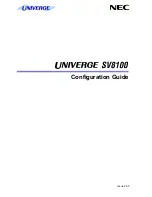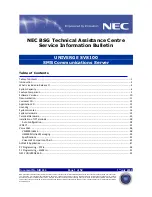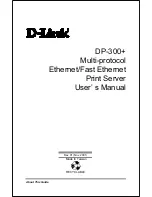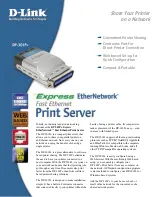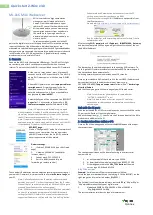
The IMM supports the following basic systems-management features:
• Active Energy Manager.
• Alerts (in-band and out-of-band alerting, PET traps - IPMI style, SNMP, e-mail).
• Auto Boot Failure Recovery (ABR).
• Automatic microprocessor disable on failure and restart in a two-microprocessor configuration when one
microprocessor signals an internal error. When one of the microprocessors fail, the server will disable the
failing microprocessor and restart with the other microprocessor.
• Automatic Server Restart (ASR) when POST is not complete or the operating system hangs and the
operating system watchdog timer times-out. The IMM might be configured to watch for the operating
system watchdog timer and reboot the system after a timeout, if the ASR feature is enabled. Otherwise,
the IMM allows the administrator to generate a nonmaskable interrupt (NMI) by pressing an NMI button on
the light path diagnostics panel for an operating-system memory dump. ASR is supported by IPMI.
• A virtual media key, which enables remote presence support (remote video, remote keyboard/mouse,
and remote storage).
• Boot sequence manipulation.
• Command-line interface.
• Configuration save and restore.
• DIMM error assistance. The Unified Extensible Firmware Interface (UEFI) disables a failing DIMM that is
detected during POST, and the IMM lights the associated system error LED and the failing DIMM error LED.
• Environmental monitor with fan speed control for temperature, voltages, fan failure, power supply failure,
and power backplane failure.
• Intelligent Platform Management Interface (IPMI) Specification V2.0 and Intelligent Platform Management
Bus (IPMB) support.
• Invalid system configuration (CNFG) LED support.
• Light path diagnostics LEDs indicators to report errors that occur with fans, power supplies,
microprocessor, hard disk drives, and system errors.
• Local firmware code flash update
• Nonmaskable interrupt (NMI) detection and reporting.
• Operating-system failure blue screen capture.
• PCI configuration data.
• PECI 3 support.
• Power/reset control (power-on, hard and soft shutdown, hard and soft reset, schedule power control).
• Query power-supply input power.
• ROM-based IMM firmware flash updates.
• Serial over LAN (SOL).
• Serial port redirection over telnet or ssh.
• SMI handling
• System event log (SEL) - user readable event log.
The IMM also provides the following remote server management capabilities through the ipmitool
management utility program:
•
Command-line interface (IPMI Shell)
The command-line interface provides direct access to server management functions through the IPMI
2.0 protocol. Use the command-line interface to issue commands to control the server power, view
106
Lenovo System x3630 M4 Installation and Service Guide
Summary of Contents for System x3630 M4
Page 1: ...Lenovo System x3630 M4 Installation and Service Guide Machine Type 7158 ...
Page 6: ...iv Lenovo System x3630 M4 Installation and Service Guide ...
Page 14: ...xii Lenovo System x3630 M4 Installation and Service Guide ...
Page 108: ...94 Lenovo System x3630 M4 Installation and Service Guide ...
Page 134: ...120 Lenovo System x3630 M4 Installation and Service Guide ...
Page 186: ...172 Lenovo System x3630 M4 Installation and Service Guide ...
Page 844: ...830 Lenovo System x3630 M4 Installation and Service Guide ...
Page 868: ...854 Lenovo System x3630 M4 Installation and Service Guide ...
Page 1026: ...1012 Lenovo System x3630 M4 Installation and Service Guide ...
Page 1030: ...1016 Lenovo System x3630 M4 Installation and Service Guide ...
Page 1038: ...Taiwan BSMI RoHS declaration 1024 Lenovo System x3630 M4 Installation and Service Guide ...
Page 1040: ...1026 Lenovo System x3630 M4 Installation and Service Guide ...
Page 1049: ......
Page 1050: ......

































